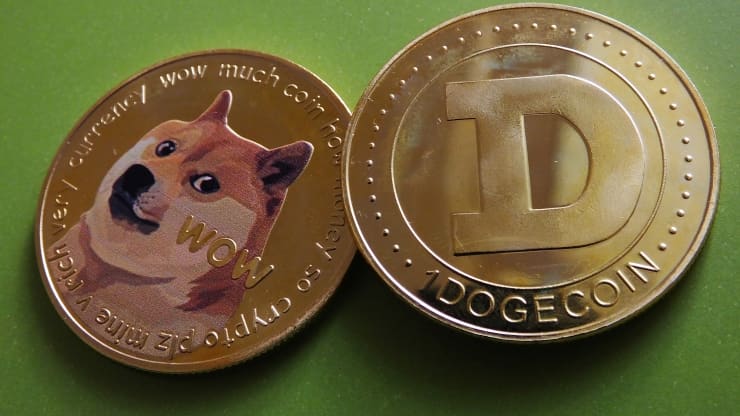- As a result of this achievement, Binance will now support deposits and withdrawals for ERC20, BEP2, and BEP29 MATIC tokens.
- This integration would relieve the MATIC users of the need to go through the Ethereum-MATIC bridge any longer.
- Polygon has gained massive adoption in a short period of time, chiefly thanks to its provision of myriad tools to build and connecting Ethereum-compatible chains.
With a press release citing complete integration of the Polygon (MATIC) mainnet onto the Binance platform, the leading cryptocurrency exchange has once again grabbed eyeballs all over the world. Besides supporting MATIC mainnet tokens, Binance will continue to support deposits and withdrawals of ERC20, BEP2, and BEP20 MATIC tokens.
This latest update means that Binance traders can use their accounts on the platform to deposit and withdraw MATIC, while simultaneously interacting with decentralized applications (dApps) such as SushiSwap, Balancer, Aave, and so on, without having to use the Polygon Ethereum MATIC bridge.
A Much-Awaited Development
dApp users have been waiting around for quite some time for Ethereum 2.0 to solve the myriad scalability issues of decentralized applications. However, with this latest announcement by Binance, it seems Polygon is all set to fill that void for now.
Developers can use Polygon to build one-of-a-kind sidechains for all their dApps. This will spearhead mass adoption by channeling the necessary growth capabilities. With this development, Binance has joined the bandwagon of leading crypto exchanges and wallet providers such as Coinbase, OKEx, Huobi, and Trust Wallet, who have all adopted the Polygon network in recent times.
Driving Widespread Crypto Adoption
Polygon is a “protocol and a framework for building and connecting Ethereum-compatible blockchain networks.” Supporting a multi-chain Ethereum ecosystem, Polygon is on its way to becoming one of the most widely adopted blockchains in the crypto industry.
The reason behind this massive popularity of Polygon is its provision of myriad tools to build and connecting Ethereum-compatible chains; for instance, Polygon’s Proof-of-Stake commit chain sees the support of Infura, MetaMask, Alchemy, Etherscan, and others.
Polygon’s scaling solutions, designed for “flexibility and independence” have been adopted by more than 450 dApps, registering over 350 million transactions by more than 13.5 million unique users. Developers all over the world are keen on using the multi-faceted network as well – Polygon’s recent establishment of the gaming-focussed Polygon Studios meant to build decentralized games using non-fungible tokens has also been widely welcomed.
What’s in Store Ahead for Crypto Enthusiasts?
Both Polygon and Binance have been creating headlines lately, though not all for the good.
Apart from its decentralized gaming unit, Polygon has also announced plans to develop a general-purpose blockchain for standalone chains, sidechains, and other Layer-2 solutions. It recently partnered with Wyre – a leading blockchain payments provider – for the launch of a fiat-to-USDC provision to its global customer base.
As for Binance, the situation seems a little grey. The world’s largest cryptocurrency exchange has recently been banned in Malaysia, with just 14 days in hand to cease all operations in the region. Besides, Binance has also planned on shutting down crypto derivatives in Europe, despite the platform’s cutting of withdrawal limits and introduction of tax reporting tools.











